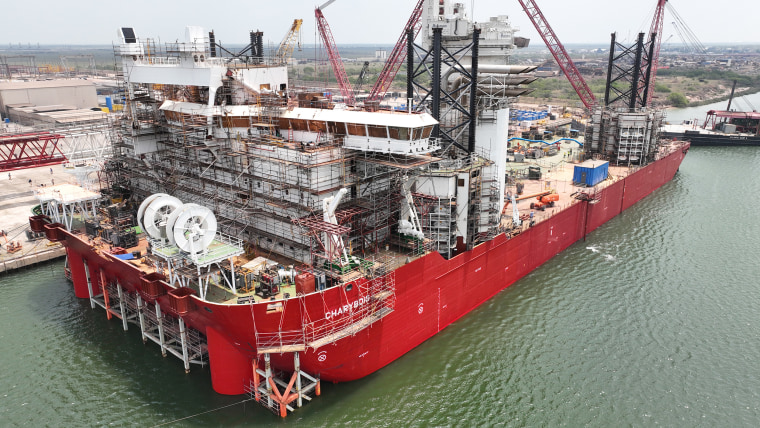The initiative to expand wind energy production in the United States has been a central focus of President Biden’s administration. However, the progress towards achieving the ambitious goal of generating 30,000 megawatts of offshore wind capacity by 2030 has faced various challenges. One key issue that hampers the advancement of wind energy projects is the lengthy permitting process. The intricate regulatory hurdles and complex approval procedures have contributed to delays in project timelines, hindering the growth of the wind energy sector.
The Biden administration has recognized the need to streamline and expedite the permitting process to accelerate the development of offshore wind projects. Implementing reforms that facilitate quicker approvals and reduce bureaucratic obstacles is essential for achieving the administration’s clean energy goals. By enhancing coordination among federal agencies, establishing clear guidelines, and integrating stakeholder feedback early in the process, the permitting timeline can be significantly shortened.
Moreover, investing in infrastructure improvements and modernizing the grid network are crucial elements to support the expansion of wind energy capacity. Upgrading transmission lines and enhancing grid reliability will enable the seamless integration of renewable energy sources, including offshore wind power. By modernizing the energy infrastructure and fostering collaboration between public and private sectors, the United States can create a robust and resilient grid system capable of accommodating the increased share of wind energy in the energy mix.
In addition to regulatory reforms and infrastructure upgrades, fostering innovation and driving technological advancements is vital for bolstering the competitiveness of wind energy. Research and development initiatives aimed at enhancing turbine efficiency, reducing costs, and promoting energy storage solutions will further propel the growth of the wind energy industry. Investing in cutting-edge technologies and fostering a culture of innovation will drive progress towards achieving clean energy objectives while creating economic opportunities and job growth in the renewable energy sector.
Collaboration between government, industry stakeholders, and local communities is key to overcoming the challenges facing the wind energy sector. By aligning interests, leveraging expertise, and fostering partnerships, a collaborative ecosystem can be established to drive sustainable growth in offshore wind energy production. Engaging with affected communities, addressing environmental concerns, and ensuring equitable distribution of economic benefits are essential components of fostering a supportive environment for wind energy projects.
In conclusion, addressing the permitting challenges, upgrading infrastructure, driving technological innovation, and fostering collaboration are essential for advancing wind energy development in the United States. By implementing reforms that streamline regulatory processes, investing in grid modernization, promoting innovation, and fostering partnerships, the nation can accelerate the transition towards a clean energy future characterized by sustainable growth and environmental stewardship. The journey towards achieving President Biden’s wind energy goals requires concerted efforts and collective action to overcome barriers and unlock the vast potential of offshore wind resources.
